There are various advantages to growing autoflowering seeds outdoors. Because autoflowering plants aren’t reliant upon daylight cycles like their photoperiod counterparts, they can be planted at any time of year, and growers can reap several harvests per season from these rapidly maturing, low-maintenance plants. Because of their short, stocky stature, autoflowering plants – unlike photoperiod plants, which are typically larger – require less space to grow outdoors, and can be grown discreetly in spaces as small as the average terrace or balcony. Moreover, autoflowers thrive in natural sunlight, and under natural lighting conditions, autoflowering cannabis plants offer larger yields and buds than those grown indoors.
With that said, growers can add to these advantages by using certain techniques to maximize their yields when growing autoflowering cannabis outdoors. In this article, we discuss some of these methods and important factors to consider for those who are looking to make the most of their autoflowers when growing outdoors.
Choosing Strains with Maximum Outdoor Yields
Different strains are known to produce different sized yields outdoors, and as such, anyone looking to maximize their yield when growing autoflowering cannabis should research not only the quality of the seeds they are buying, but also the tendencies of the strain that they intend to grow. Many autoflower strains, including consumer favorites such as Stardawg and Gorilla Glue, are known for their sizeable outdoor yields.


Best Containers and Soil for Growing Autoflowering Cannabis Outdoors
Autoflowering cannabis thrives in settings with efficient drainage. If you choose to use a container for outdoor growing, seek pots made from breathable materials (i.e., fabric) to ensure optimal draining conditions to keep your plants healthy. Drainage is also an important factor to take into consideration when choosing your soil, and we recommend researching mediums ahead of time to ensure that you establish these conditions. When choosing your soil, aim for aerated, breathable soil that is shown to drain efficiently. This will allow you to establish optimal growing conditions in order for your plants to thrive to their fullest.
Monitoring pH Levels for Autoflowering Cannabis
Monitoring pH levels is one of the most important things you can do to ensure the health of your plants – and, consequently, the abundance of the yield that they will produce. pH levels impact yields because they determine whether your plants will be able to absorb nutrients necessary for healthy maturation. Improper pH levels will prevent your plants from absorbing the nutrients necessary for them to flourish, making this an essential factor to ensuring plant health in the long run.
For this reason, it is imperative that you monitor pH levels as consistently as possible throughout every stage of the growing cycle. For autoflowering cannabis grown in soil, we recommend a pH level between 6 and 7.
Common Mistakes to Avoid: Transplanting and Transplant Shock
Many growers make the common mistake of transplanting autoflowering plants as they would with photoperiod cannabis. Though this technique may work for traditional cannabis plants, it can seriously harm your autoflowers. Since autoflowers grow much more rapidly than their photoperiod counterparts, transplanting carries far more risks for these plants than it does for their photoperiod counterparts. Transplanting places a significant amount of stress on growing plants. Because they grow over longer periods of time, photoperiod plants have more time to recover from the stress associated with this technique. Autoflowering plants, on the other hand, are unlikely to recover – and very unlikely to benefit – from this high-stress technique. This is where methods for maximizing autoflowering yields differ greatly between photoperiod and autoflowering cannabis plants, and this is perhaps the most important factor to take into consideration when caring for autoflowering cannabis.
When transplanted, autoflowering plants experience a great amount of stress at crucial phases in their maturation. This is referred to as “transplant shock,” and carries the risk of stunting plant growth during the vegetative period of the growing cycle, which can have a negative impact on your yield.
In short, we recommend that you avoid transplanting altogether. Instead, you should begin your autoflowering plants in the same containers that you intend to use through the end of the growing cycle.
Best Containers for Autoflowering Plants
Autoflowering plants thrive in containers that drain well, and are proportional to plant size. This is where it becomes crucial to do your research as to the size of the seeds and strains that you intend to grow. In terms of containers, autoflowering plants do best in breathable, aerated soil that drains efficiently. For this reason, we recommend using fabric pots and other breathable containers to facilitate drainage throughout the growing process.
Proper Nutrient Strength for Autoflowers
Using too many nutrients is a common mistake that can stunt plant growth and limit the size of your yield. This is where another major difference between growing autoflowering cannabis and photoperiod plants comes into play. Whereas photoperiod plants are larger and can handle more nutrients during the growing cycle, the same nutrient levels can overpower autoflowering plants due to their small stature. As a result, you will need to carefully measure and monitor nutrient levels when growing autoflowering cannabis outdoors.
In order to ensure proper nutrient levels, begin with a smaller amount of nutrients than you would normally use. By starting your plants with less nutrients than you intend to use in the long run, you can gauge from your plant’s response whether the recommended nutrient level is too high. If your plants respond well, you can increase nutrient levels once you’ve confirmed that your plant can handle it. This reduces the risk of overfeeding your plants in the long run.
You can further ensure proper nutrient levels by researching the feeding habits of the strains you intend to grow. The amount of nutrients required for healthy plants can vary from one strain to another: some strains feed more than others and require higher nutrient levels, whereas the same amount of nutrients might be too much for a different cannabis variety.
pH Levels for Autoflowering Cannabis
It is crucial to monitor pH levels while growing your autoflowering plants. When growing your autoflowering plants in soil, try to monitor your pH and keep it at a level between 6 and 7 pH levels determine whether your plants can absorb crucial nutrients necessary for them to thrive and, consequently, produce optimal yields. Otherwise, you risk depriving your plant of crucial nutrients that, even when fed, will not be absorbed properly if pH levels are too high or too low. Therefore, in order to optimize plant growth and maximize your yield, you should constantly monitor pH levels during all phases of the growing process.
Low Stress Training Techniques for Autoflowering Cannabis: Autoflower Training Methods to Maximize Your Yield
Training is one of the most effective ways to maximize your autoflowering yields, though it is essential that you choose the correct training techniques due to the stress sensitivity of autoflowering plants. When applied correctly, these training methods will increase and flush out your canopy to promote new growth over a larger area of the plant.
Autoflowering cannabis should only be trained using low stress training techniques. When implemented properly, low stress training techniques for autoflowering plants can carry major advantages in the long run: below, we discuss some of these techniques to optimize your yield.
It is imperative that you use proper training methods to optimize your autoflowering yield when growing outdoors. Because autoflowering plants grow so rapidly, certain training techniques and frequencies that may work for photoperiod plants can be harmful for their autoflowering counterparts.
You should only use these training methods on healthy plants; if you plan to use low-stress training techniques, monitor your plant to ensure that it has been consistently healthy throughout the cycle thus far. Timing is also essential: autoflowering cannabis should only be trained during the vegetative phase, whereas training during the flowering phase will harm your plants and stunt their growth.
Best Low-Stress Training Methods for Autoflowering Cannabis Plants
Low-stress training techniques are a steadfast and effective way to maximize your yields when growing autoflowering cannabis outdoors. When applied outdoors, low stress training techniques work by maximizing the amount of light that your plant will receive, and ensuring that each part of the plant receives equal levels of sunlight to promote healthy growth throughout. Without training, autoflowering plants often produce one main cola, whereas low stress training techniques will balance and amplify your canopy, creating additional colas and increasing the size of your buds.
If your plants are healthy, you should plan to begin low stress training once they reach the vegetative stage, which, due to their rapid growth, can occur as soon as two weeks after you begin.
Once your plants are ready for training, begin by pulling the stems of the plant downward at a slight angle; this increases and promotes new upward growth, while ensuring that the bottom portions of the plant receive as much light as the rest of the plant. This training technique is highly effective for increasing your canopy, as the bottom portions of the plant otherwise receive limited sunlight, which limits your cola to the top of the plant while preventing growth elsewhere. But by training your plants in this way, you will promote the growth not only of your major cola, but also of additional, smaller colas elsewhere on the plant.
These simple methods work in different ways to maximize your outdoor harvests. Some involve avoiding common mistakes that are often responsible for unsatisfactory yields, such as improper pH or nutrient levels – if you aren’t satisfied with your yields so far, these are essential factors to consider in achieving better results moving forward. Meanwhile, choosing a container and soil with optimal drainage is a method of optimizing growing conditions by providing your autoflowering cannabis plants with the environment in which they are known to thrive. Low stress training techniques require a bit of practice and knowledge, but of all of these steps, this method of expanding light coverage for a full-bodied canopy is the most effective in increasing your yield outdoors.
We also published “How To Grow Your Own Cannabis At Home” earlier.
By following these steps, any grower can maximize their outdoor autoflower yield.




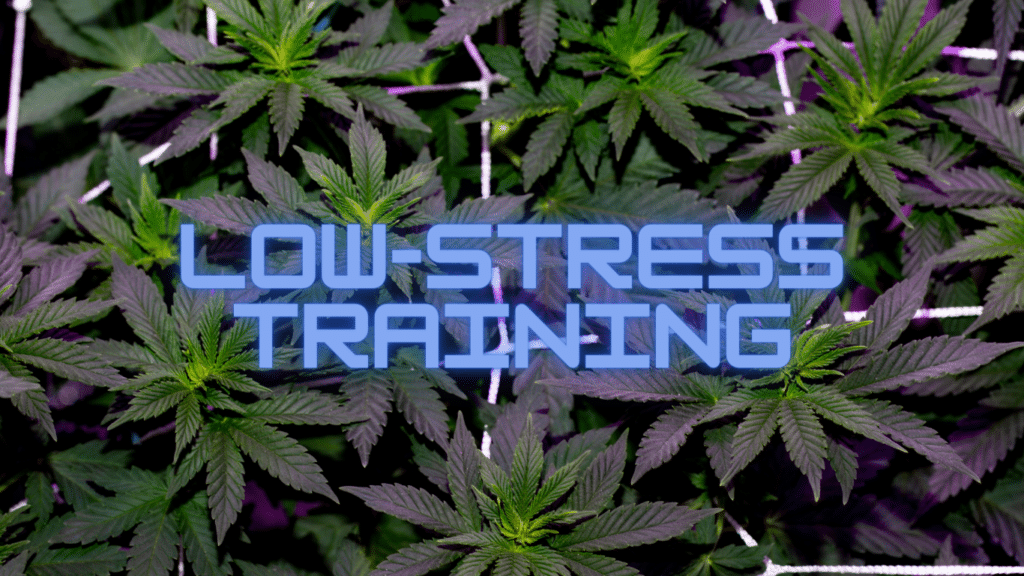


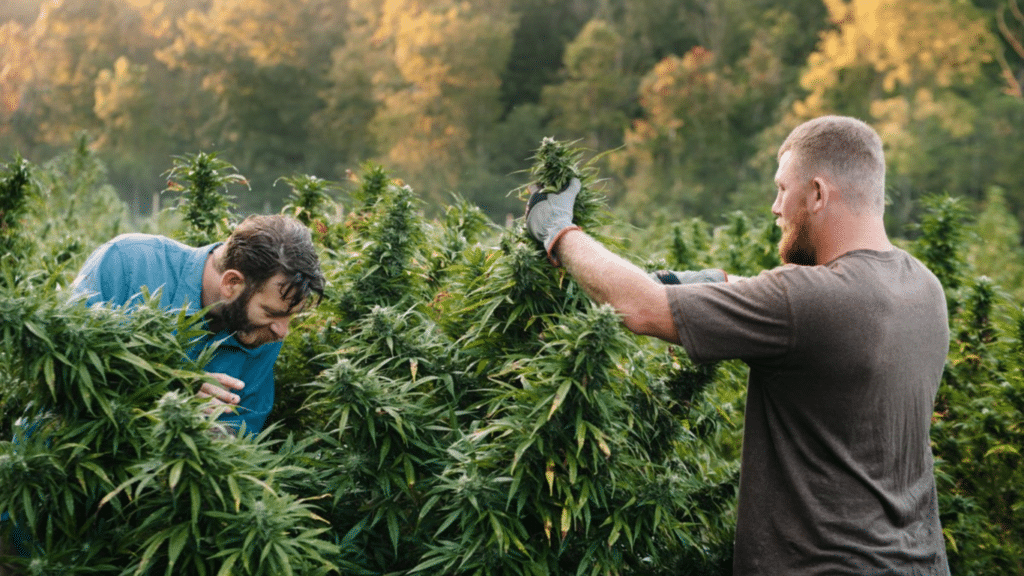
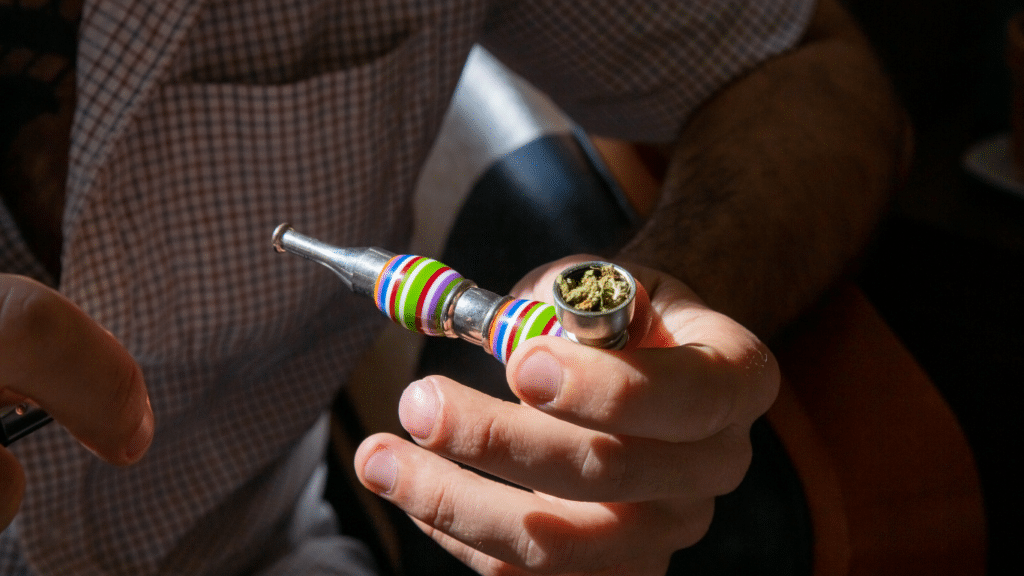
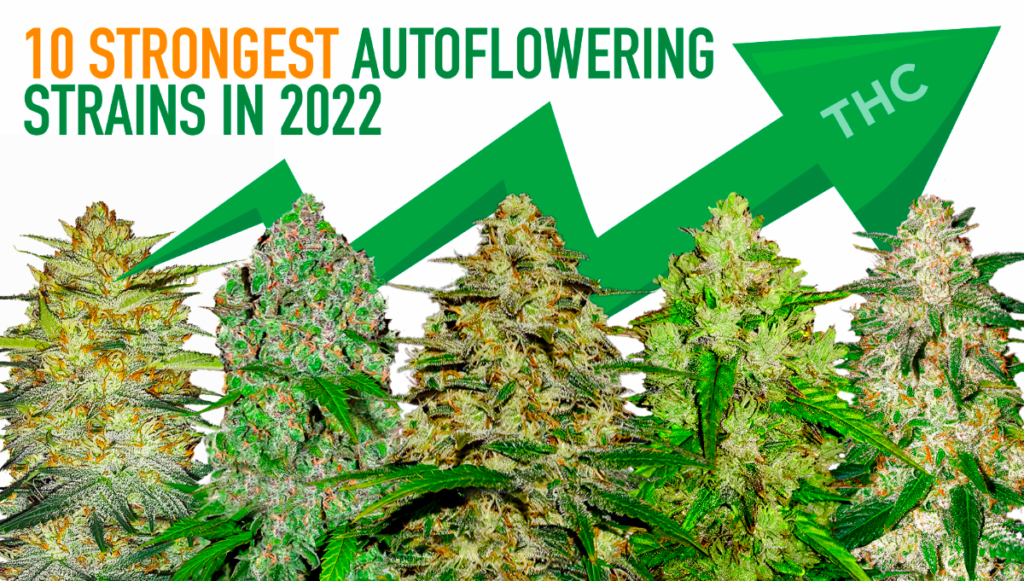
![Growing Autoflowering Cannabis Seeds in 2022 [Full Guide] | SeedsPlug](https://seedsplug.com/wp-content/uploads/2022/05/growing-autoflowering-cannabis-seeds-in-2022-full-guide-growing-tips-seedsplug-1024x579.png)
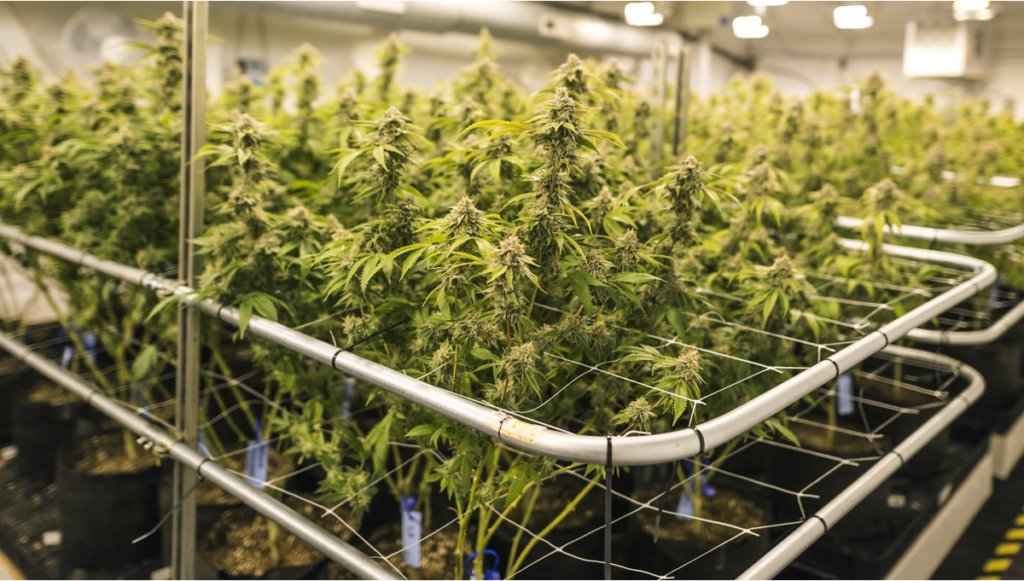
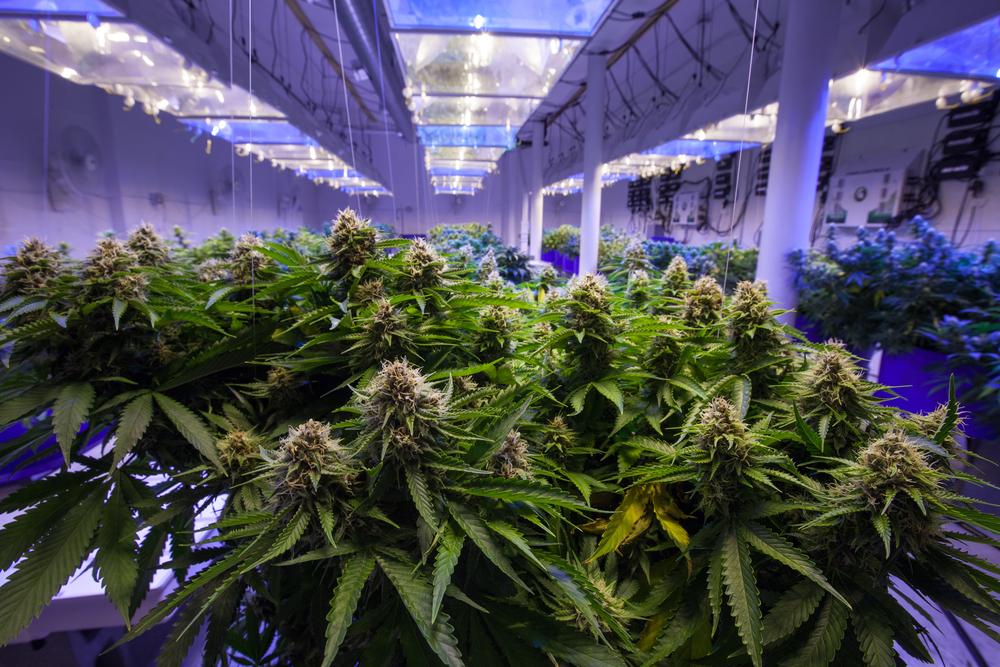
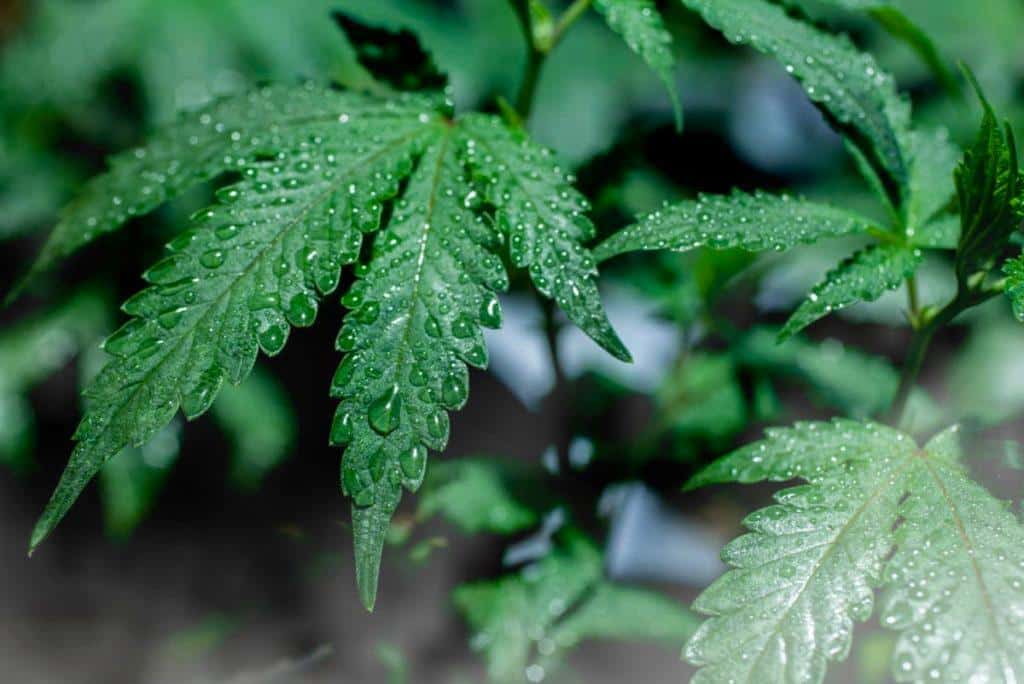
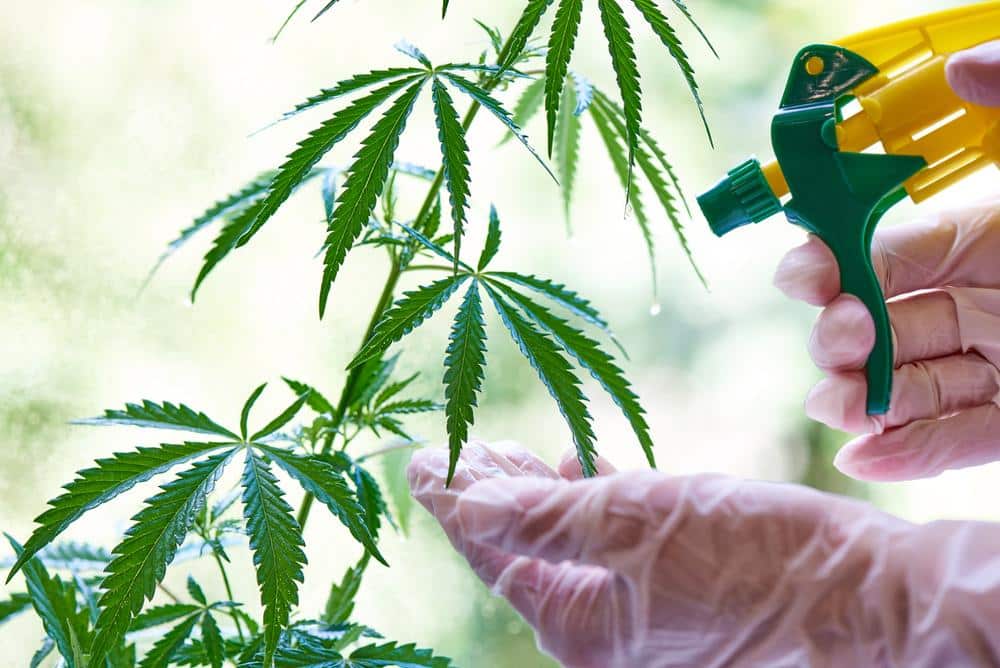
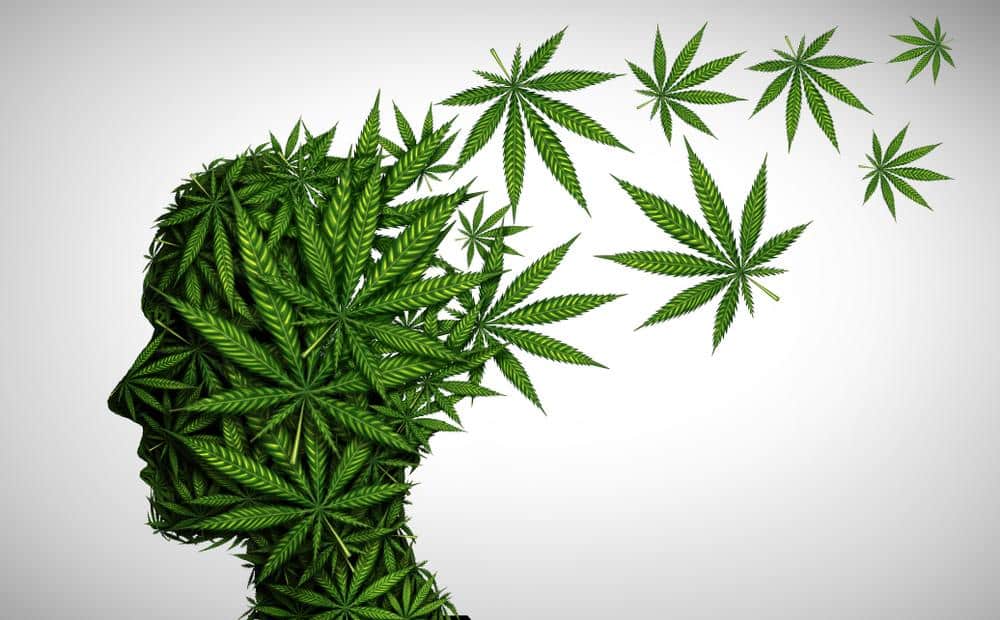
One thought on “How to Maximize Your Autoflowering Cannabis Yield Outdoors”